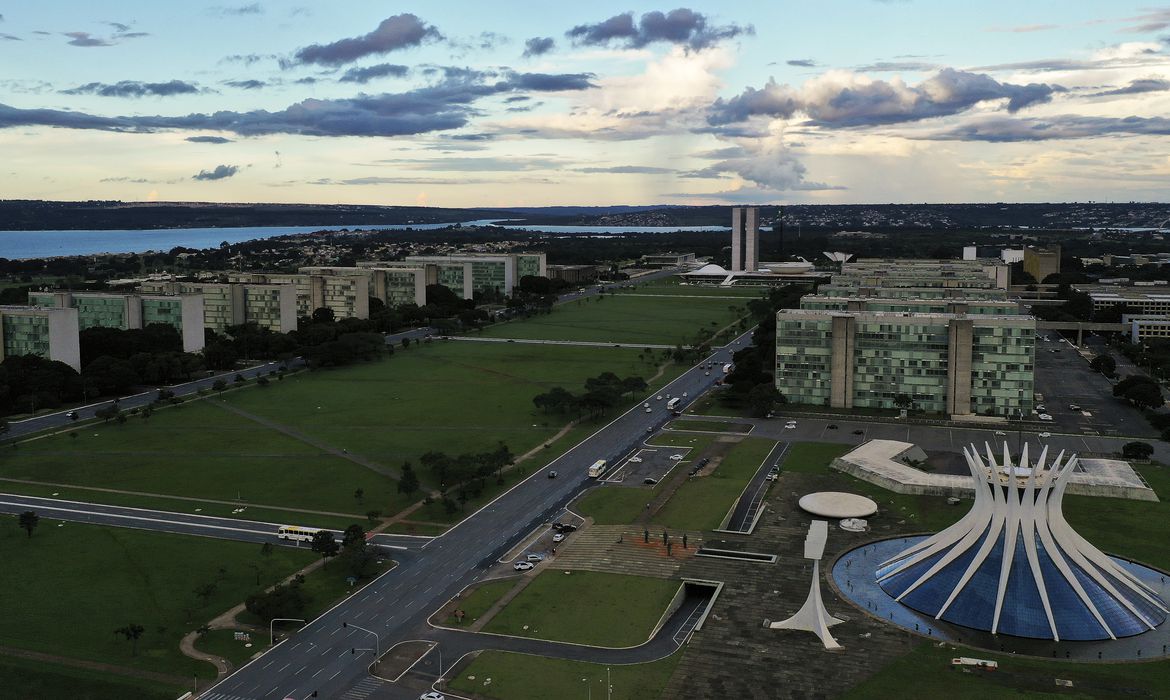RIO DE JANEIRO, BRAZIL – The federal government‘s total costs amounted to R$1.73 trillion (US$346 billion) and increased by 70 percent in the first half of 2020 over the same period last year because of the Covid-19 pandemic, the National Treasury announced yesterday, November 10th.
The indicator measures spending by the three branches of the federal government, including the Federal Prosecutor’s Office, on labor, operations, supplies, financial spending, asset depreciation, and revenue sharing with states, municipalities, and social organizations.
The main factors that raised costs were the emergency aid, which caused financial expenses to rise by 79 percent in the first six months of 2020, and equipment purchases to tackle the pandemic, which raised the Ministry of Health’s operating costs by 55 percent, from R$8.22 billion to R$12.73 billion.

According to the National Treasury, the items that contributed to the increase in spending by the Ministry of Health were pharmacological materials (drugs or components for handling medicinal drugs), reagent materials for clinical diagnosis and aseptic materials, and individual protection equipment for preventive action against the novel coronavirus (Covid-19).
Excluding the Ministry of Health, the operating costs (one of the items of the federal government’s total costs) would have dropped by six percent in the first semester compared to the same period last year for the federal executive.
The largest part of the reduction is due to civil servants’ remote work during the pandemic, which cut expenses with per diem and transportation expenses by 42 percent, catering and kitchen expenses by 41 percent, telephone expenses by 17 percent, and water, sewage, electricity, and gas by 11 percent.
The other branches of government also recorded cost reductions due to remote work. The cost of running the federal legislature declined by four percent in the first semester. In the Judiciary, the reduction reached 11 percent and in the Federal Prosecutor’s Office, it amounted to 14 percent.
Labor expenses in the three branches and the Prosecutor’s Office increased only by one percent in the first half of 2020. With respect to financial spending, which increased by 79 percent driven by the emergency aid, other items that pushed growth were the increase in the transfer of funds to finance the reduction in consumers’ electricity bills during the pandemic and the R$60 billion aid to states and municipalities, passed by Congress.
This was the first time that the Treasury released the Cost Focus Bulletin. The document was published in its annual version, with 2019 data, and biannually, with the figures for the first six months of 2020.
According to the body, the document aims to quantify both the consumption of resources by the public sector and the provision of goods and services to society. The figures are established by comparing the value of assets over the preceding period.
The Bulletin’s annual version included a performance ranking for cost data quality transparency among the various government bodies. The list was prepared based on three assessment categories: regularity, dispersion, and customization. The bodies and authorities were rated in four major groups.
The Aeronautics Command ranked first among the cost sectors; UNIPAMPA (Pampa Federal University) won among the federal universities. The National Water Agency (ANA) stood out among government agencies. The Empresa Brasil de Comunicação (Brazilian Communication Company – EBC) was the leader among the state-owned companies dependent on cost data transparency.
Source: Agência Brasil

